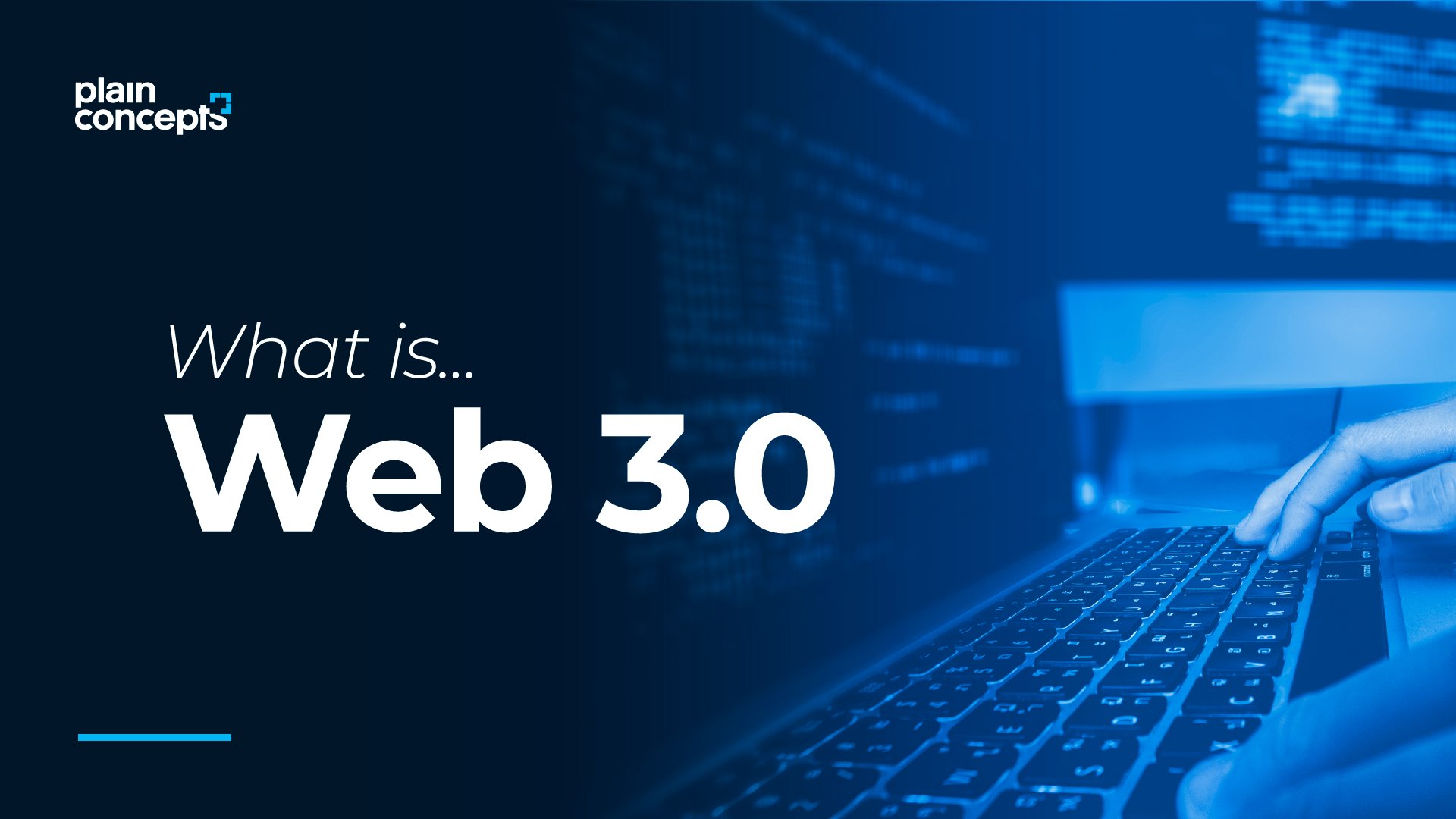
Android Go was announced during the opening keynote of the Google I/O developers conference in Mountain View on Wednesday. Since the announcement, there has been a lot of confusion regarding the project – is it a new version of Android? Can Android Go devices run all Android apps, or only the apps that have been optimised for the Go experience? How will this impact OS updates for consumers, and what will developers need to do differently to optimise their apps for Android Go?
Unfortunately, in the immediate aftermath of the keynote, Google didn’t provide answers to a lot of these questions, and there isn’t a lot of information related to Android Go up on Google’s websites either. Thankfully, to answer all these queries – and a whole lot more – we managed to get some time with Sameer Samat, the man who introduced Android Go on stage on Wednesday, and the VP of Product Management for Android and Google Play. Here’s a FAQ on Android Go based on the answers Gadgets 360 got from Samat and other Google executives here in Mountain View.
Is Android Go a new version of Android?
Samat couldn’t be clearer on this: “Android Go is not a new version of Android, it’s not a different Android, it’s a project name inside Google.”
What will be the Android version that Go devices will ship with?
“We call it Android Go – it’s an internal name – but the OS that these partners will be shipping will be Android O – there’s no separate OS called Android Go,” Samat explains, just to drive home the point.
So what will be different about Android Go devices?
Think of Android Go as a bunch of presets that your Android O device will ship with. Some OS settings will be switched on (or off) by default; some Google apps will be a bit different than other Android O devices; and the Google Play Store will highlight third-party apps optimised for the Go experience – that’s about it.
“The way this works is that Android has a configuration when you build a device in factory and we are effectively putting a Go configuration in place, which is very similar to what do with Svelte so if the device is low-RAM, for example, when the device is built in the factory, it’s configured, right,” Samat explains. “It’s not something the user decides, it’s something that the OEM decides at the factory and what we are saying is if you are gonna build a device that’s 1GB or less [RAM] then you should build it with the Go OS configuration, so you should use Android O, but you should use these configuration settings.”
When asked to detail some of these changes, Samat says, “[..] when in Svelte, as far back as KitKat, there’s a number of things that the device will do to optimise the UI, so when it detects that it’s low RAM device, there’s a number of animations that are turned off, a number of things that are memory-intensive like that in the UI that are nice, but if they are done wrong – because they are memory-intensive – they can actually compromise the experience, as opposed to enhancing the experience, so those are some examples of optimisations.”
“The other thing though is there are some feature that we are adding, so it’s not just about taking away but about adding features. We mentioned yesterday in the keynote that data management is very important to users that are coming online today. So data management will go in Quick Settings as another example of the UI change. So there are some things that are added and some things that are modified.”
The three cornerstones of Android Go
Samat touched upon these points in his keynote on Wednesday, and he reiterates that Android Go “stands for three things – first, is continuing to optimise the Android operating system to run smoothly on entry-level devices, starting with Android O.”
“Second, is making sure that Google apps that we load on these devices are also optimised, which means that we are rebuilding many of the Google apps. I showed in the keynote yesterday – YouTube Go, which is a new app entirely, which is much smaller in APK size, it uses less data, and gives users much more control over data and how they use it, which is very important”
“And then finally, it’s not just the Google apps, but also we have many developers that make apps, so we are optimising the Play Store to highlight the apps that are tuned to the needs of users that are coming online for the first time.”
Will Android Go device only be able to run apps optimised for the Go experience? Will the Google Play Store on Android Go devices only feature these apps?
All Android apps that run on any ‘regular’ Android O device will also run on Android Go devices, barring of course any apps that may not be compatible with your hardware or not available in your region, something that’s the case even today with Android N (or earlier).
“The Play Store on Go devices will contain the whole app catalog – no restrictions, unless the developer has a restriction, but the developer can do that today anyway, but no restrictions from Google on the apps,” Samat told Gadgets 360.
In other words, the Google Play Store on Android Go devices will include all Android apps, not just apps optimised for Android Go devices. The latter will, however, be highlighted by Google prominently within the Play Store on Go devices, which might make it worth the developers’ time to optimise their apps if they want to target this audience.

What about Google apps that ship by default on Android Go devices?
In some cases, Google is developing an entirely new app optimised for Android Go devices. As demoed during the keynote, YouTube is one such example, and the YouTube Go app is now available via the Play Store for all devices (not just Android Go phones, see next question) to download and try out. This is the app that will ship by default on Android Go devices, instead of the ‘main’ YouTube app.
Certain other apps, like Google Chrome, will just have a different configuration – but are still inherently the same app – and, indeed, other apps may be identical to their Android O counterparts in all ways. For apps like Chrome, the settings will not be locked to the defaults, and users will be free to change the behaviour to be more like on Android O.
“For example Chrome has a feature called Data Saver, that will be turned on by default. Users can turn it off if they want, but it will be on by default,” says Samat. “On the other hand YouTube [for Go devices] is a new app, and YouTube Go has the features that the main YouTube app doesn’t have. For example showing you the amount of data each video will take when you play. So some apps will be completely new and some apps will be loaded with a different configuration.”
Can Android Go devices install the ‘regular’ versions of their default apps?
In a word – yes.
In more than one word – Searching for YouTube on Google Play Store on Android Go devices will show the ‘regular’ YouTube app as well, and users will be free to install this app on their phone. How many users will actually do something like this when they already have a YouTube app on their phone is debatable, and most Go users – supposed first-time smartphone owners – are likely to go through the lifetime of the device without discovering the ‘main’ app.
Now in the case of YouTube, specifically, the Go app looks pretty useful with features that the main app itself doesn’t have. But this lack of discoverability of the main app – to reiterate, why will a regular user search for YouTube in Play Store when the phone already has YouTube (Go) installed – might prove to be a problem in the future if, say, it gets a cool new feature before the Go app. Now just to be clear, there are no signs from Google that this will happen in the future, but with two different apps, it’s not entirely inconceivable.
Can ‘regular’ Android devices run apps optimised for Android Go?
Absolutely. While these apps are optimised for entry-level Android Go devices, there’s nothing stopping your Google Pixel XL or Samsung Galaxy S8, for example, from downloading and running, say, the YouTube Go app. These apps will also show up like any other app when you search for something via the Play Store on your device.
How does Android Go differ from Android One?
Let’s hear it from the man himself.
“Android One was a specific project that focused on three things – first, specifying hardware [..] and we worked with manufactures to do that,” says Samat. “The second was any device that has the Android One brand would have the Google UI, unmodified by the partner. And the third piece was a commitment from the device manufacturer to have regular security updates.”
“What we found over time is that a lot of the Android One proposition resonated with users. For example, there are a set of users who want the Google UI, and there were a set of users who wanted regular security updates, but that wasn’t just at the entry-level [as originally intended by the Android One program]. That was at the entry-level, the mid-tier, and the high-end.”
“So Android One as a programme has evolved. We recommend hardware, but we no longer require certain hardware from OEMs, and we don’t focus on just the entry-level anymore either. For example, in Turkey we work with General Mobile, and they have a $200-$250 device. In Japan, Sharp and Qyocera, they have devices from $400 to $500. But they make a commitment to use the Google UI, and they make a commitment to do regular updates. So the Android One programme has evolved, and we are quite happy with how that’s evolving.”
“And Android Go, again, is not a new version of Android, it’s a project name, and it’s focussed on the three things I mentioned before – optimising Android O, optimising the Google apps, and highlighting apps from the third-party ecosystem in the Play Store, and that’s how they [Android Go and Android One] are a little bit different.”
Will we see Android Go reference hardware?
No such plans at the moment. Samat says Google thinks that “innovation coming from a lot of the hardware partners in different markets and globally is very strong right now in the entry-level [segment]”, and Google’s role will be limited to supporting the software side of things, in terms of making sure the OS is optimised so that OEMs “can use components that make sense”. He added that Google will be working “very closely” with partners that are interested in the Android Go configuration to make sure that “these devices perform well”.

When will the first Android Go devices ship? And at what price points?
As announced at the keynote, the first Android Go devices are expected to hit the market in 2018.
In terms of price, Samat won’t commit to a number, saying that the objective of the Android Go project is “not to set a price point”. The idea, he explains, is to “allow manufacturers who are building entry-level devices to bring their price points as far down as they can” without compromising the overall experience.
Why the 1GB RAM limit for Android Go devices?
With many entry-level devices like the Rs. 6,999 (approximately $108) Xiaomi Redmi 4 shipping with 2GB of RAM, some might wonder why Google wants to optimise the experience for devices that may not represent a majority of smartphone shipments, especially by the time the first Android Go phone ships in 2018. We asked Samat to weigh in on the subject.
“I think that the data that we are seeing from industry analysts and what our manufacturing partners tell us is that there are many, many devices shipping – millions of devices shipping – every year with 1GB [RAM] and below,” he says.
As per Counterpoint’s Market Monitor data, smartphones with 1GB or less RAM accounted for more than one-fourth of the total smartphone shipments during Q1 2017 in India.
“It is a sharp decline compared to last year, when contribution of the same segment was more than half of the total smartphone shipments,” Pavel Naiya, Senior Analyst, Devices and Analytics at Counterpoint tells Gadgets 360.
“Even though market size of this segment (smartphones with 1GB or less RAM) has declined, there is enough pie left for Google to address with Android Go,” he adds. “One sizeable market is new entry-level smartphone users. As majority of the mobile phone users in India are still using feature phones and will eventually upgrade to entry-level smartphones.”
Samat believes this number could go even higher with Android Go.
“I think in some ways, device manufacturers are moving to add more and more memory because they want to make sure there’s a good experience, and what we are saying is that adds cost also,” he says. “So if we can make an experience that’s good with less RAM, then we believe people will wanna offer less expensive phones still with a good experience and you will see more of those phones ship.”
Will Android Go make Android’s fragmentation problem worse – from a developer’s perspective? What about OEMs?
Samat says Android Go is API identical to the ‘main’ Android O, so developers need not worry about fragmentation. For the OEMs, he believes they deal with enough old versions of Android that working with a single, different configuration of a new Android version will actually be a relief.
“Most OEMs today manage many different branches because their entry-level devices are almost never shipping on the latest release of Android,” Samat says. “At least now, we want more of them to be shipping on the latest release of Android – there may be some build configurations in the factory that are different between the two [Android O and Android Go]. What we’ve heard from the manufacturers is that’s much easier for them to maintain than the multiple different versions of Android.”
Will I see Android Go update on my existing device?
Almost certainly no. Samat says the focus of the Android Go project is on new devices only, so don’t expect your existing entry-level phone to get Android O’s Go configuration.
Disclosure: Google sponsored the correspondent’s flights and hotel for Google I/O.
We discussed everything that was announced at Google I/O 2017 on Orbital, our weekly technology podcast. You can subscribe to via Apple Podcasts or RSS, or just hit the play button below to listen to this episode.
[“Source-ndtv”]





